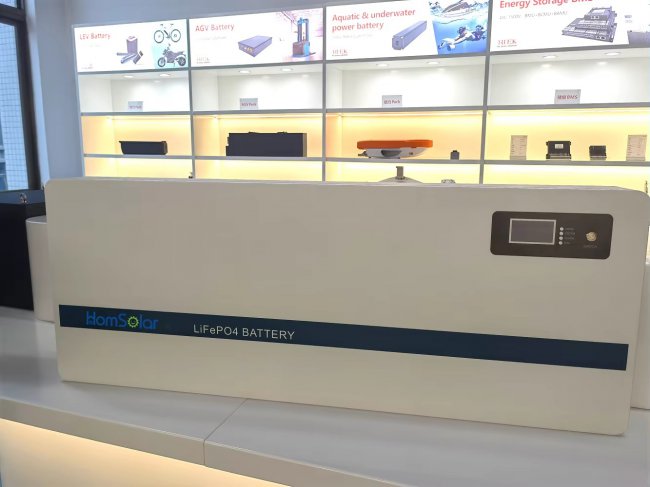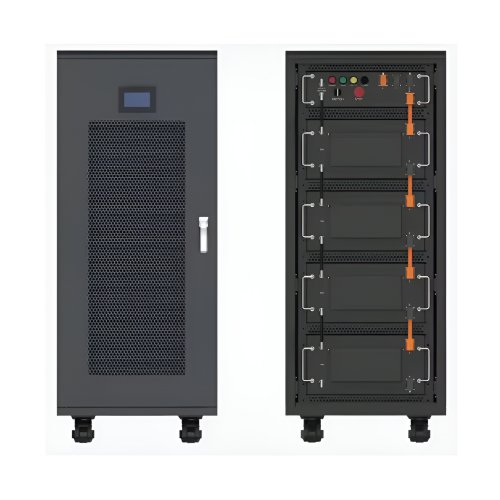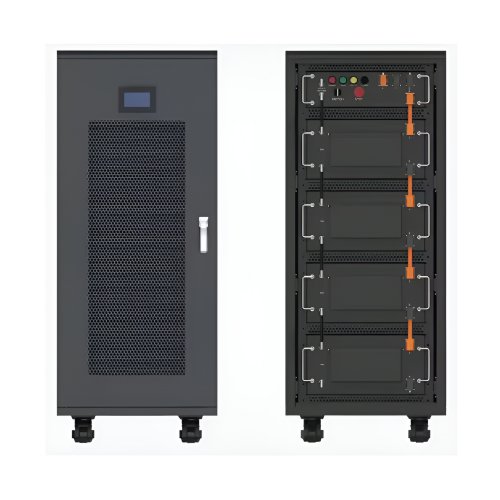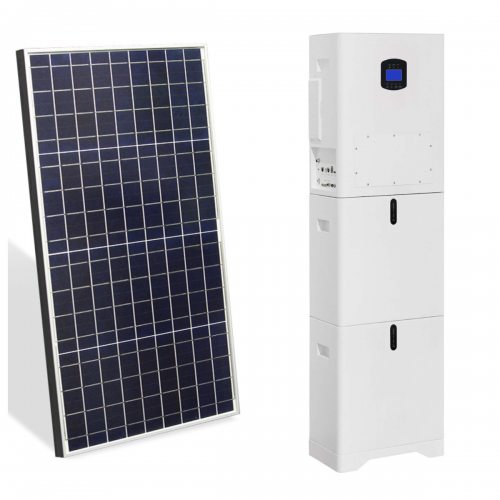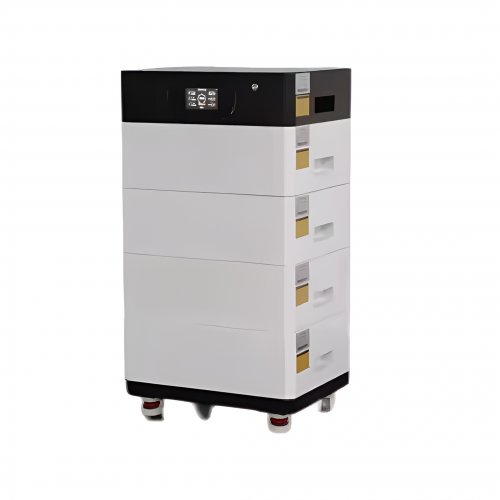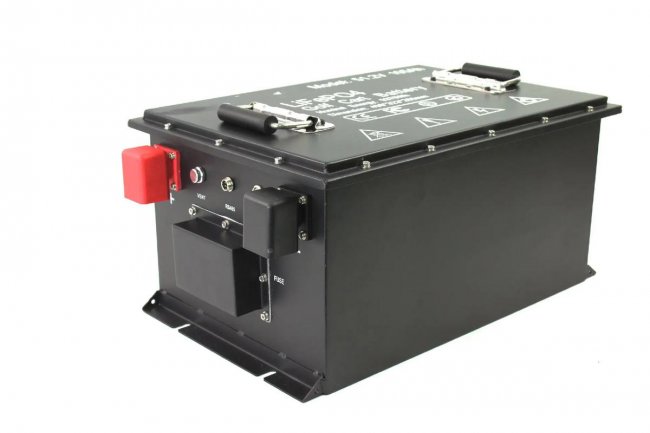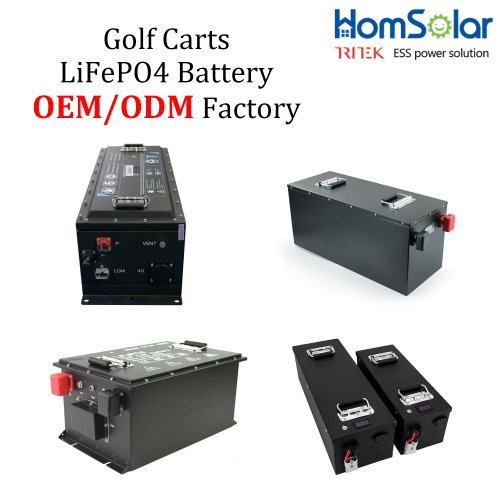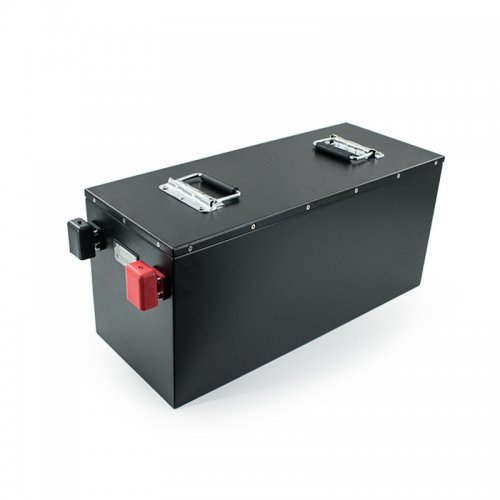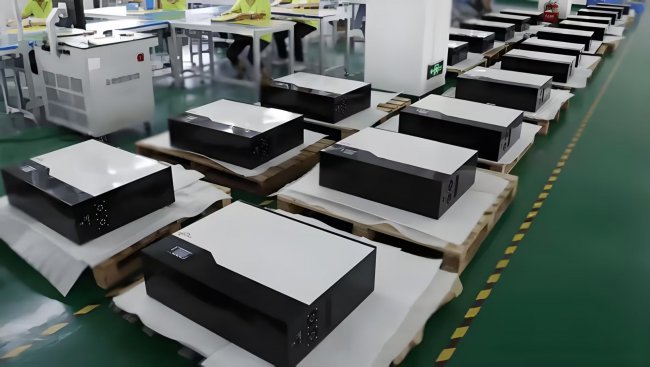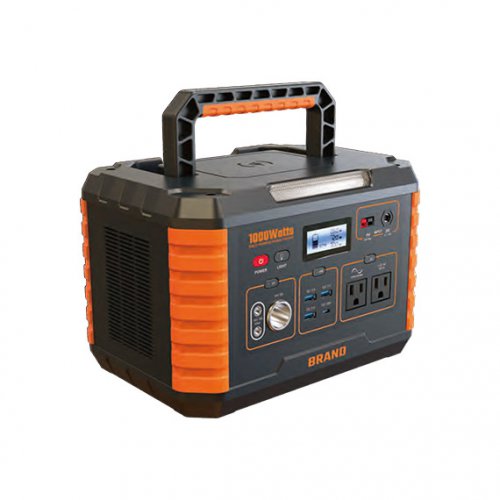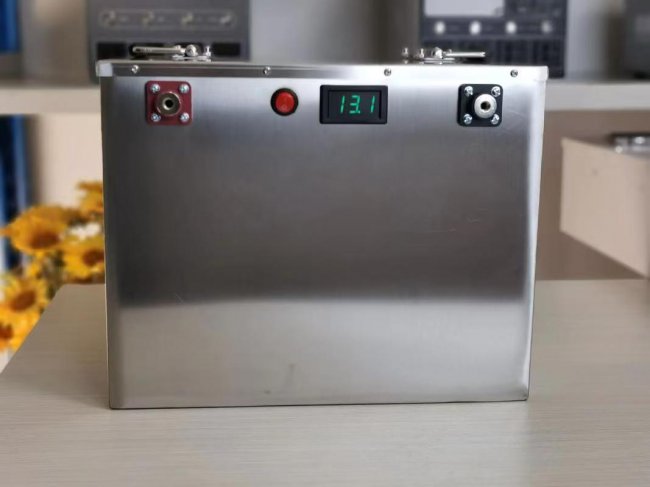Cycle Life News: Advancements And Challenges In Battery Longevity Reshape Industries
The term "cycle life" – the number of complete charge and discharge cycles a battery can undergo before its capacity falls below a specified percentage of its original value – has moved from an engineering specification sheet to a central pillar of strategic planning across multiple global industries. As the world accelerates its transition to electrification and renewable energy, the durability and longevity of energy storage systems are becoming critical determinants of economic viability and environmental impact. Recent developments in material science, manufacturing, and predictive analytics are pushing the boundaries of cycle life, while simultaneously exposing new challenges and setting higher expectations for performance.
Latest Industry Dynamics: Beyond the Laboratory
The industry is currently witnessing a rapid translation of laboratory breakthroughs into commercial products. In the electric vehicle (sEV) sector, major manufacturers are now publicly guaranteeing battery longevity with unprecedented confidence. Several prominent automakers have introduced warranties guaranteeing 70% battery capacity retention after 8 years or 160,000 kilometers, a claim underpinned by cell cycle life ratings that often exceed 1,500 to 2,000 cycles. This is a direct result of improvements in cell chemistry, particularly the stabilization of Nickel-Manganese-Cobalt (NMC) cathodes and the increased adoption of lithium iron phosphate (LFP) chemistry, which, while less energy-dense, routinely demonstrates cycle lives of 3,000 cycles or more.
Simultaneously, the stationary energy storage sector is driving demand for even more robust cycle life metrics. Grid-scale batteries, used for load leveling and renewable energy integration, are subject to daily, sometimes multiple daily, charge-discharge cycles. Here, the financial model is intensely sensitive to cycle life. Recent mega-projects have seen a shift towards LFP and emerging chemistries like sodium-ion, which, while still in early deployment stages, promise lower degradation and longer operational lifespans, directly reducing the levelized cost of storage (LCOS).
A significant dynamic is the growing "second-life" battery market. As the first wave of EV batteries reaches the end of their automotive life, a new industry is emerging to repurpose them for less demanding stationary storage applications. This practice is entirely predicated on the remaining cycle life of these packs. Companies are now developing sophisticated grading systems to assess the State of Health (SOH) and remaining useful life of used batteries, creating a circular economy that extends the total cycle life of the embedded materials and reduces waste.
Trend Analysis: The Pursuit of a Million-Mile Battery
The trends shaping the future of cycle life are multifaceted, focusing on materials, software, and sustainability.
1. Material Science Innovations: The search for the next-generation battery is intensifying, with a strong focus on cycle life. Solid-state batteries represent the most anticipated frontier. By replacing the flammable liquid electrolyte with a solid counterpart, they not only improve safety but also potentially suppress lithium dendrite formation, a primary cause of cell failure and degraded cycle life. Prototypes have demonstrated the potential for thousands of cycles with minimal degradation. Furthermore, silicon-anode development continues, with companies finding ways to incorporate silicon into anodes to increase energy density while managing the material's significant expansion and contraction during cycling, which historically limited cycle life.
2. The Intelligence Layer: BMS and AI: Battery longevity is no longer solely a hardware problem. Advanced Battery Management Systems (BMS) are becoming increasingly sophisticated, using AI and machine learning to optimize charging protocols in real-time. These systems can adapt charging speeds and voltages based on usage patterns, temperature, and the battery's current state of health to minimize stress and maximize cycle life. The concept of "cycle life forecasting" is also gaining traction, where AI models predict a battery's end-of-life based on its operational history, a valuable tool for warranties and second-life valuation.
3. Sustainability and the Full Lifecycle: The environmental narrative is increasingly intertwined with cycle life. A battery that lasts twice as long effectively halves the environmental footprint of its manufacturing per year of service. Regulatory bodies, particularly in the European Union, are beginning to consider regulations that mandate minimum cycle life and durability standards for batteries sold within their markets. This places cycle life at the heart of both corporate sustainability reports and compliance strategies, pushing manufacturers to design for longevity from the outset.
Expert Perspectives: A Cautiously Optimistic Outlook
Industry experts acknowledge the remarkable progress while highlighting the hurdles that remain.
Dr. Eleanor Vance, a materials researcher at a leading university, states, "We are seeing a consistent annual improvement in cycle life metrics for established chemistries like NMC and LFP, primarily through dopants and advanced electrode engineering. However, the leap to solid-state and other post-lithium technologies is fraught with manufacturing scalability challenges. The cycle life we see in a coin cell in a dry room is one thing; replicating that in a gigafactory at a competitive cost is another."
From a commercial perspective, Mark Chen, a strategy officer at a global energy storage firm, emphasizes the economic calculus. "Cycle life is our primary metric. Every additional cycle we can extract from a battery before it hits 80% capacity directly improves our return on investment. This is why we are heavily investing in both superior chemistry and the predictive analytics to manage that chemistry optimally. The second-life market is promising, but its growth depends on standardized, trustworthy assessments of remaining cycle life."
Meanwhile, industry analysts like Sarah Jimenez caution against over-optimism. "While 'million-mile battery' headlines are captivating, the real-world conditions are harsh. Thermal management, charging infrastructure variability, and user behavior still play massive roles in actual, realized cycle life. A battery designed for 3,000 cycles might only achieve half of that if consistently fast-charged in extreme heat. The gap between theoretical and practical cycle life is the next frontier for the industry to address."
Conclusion
The focus on cycle life signifies a maturing industry moving beyond initial adoption barriers to tackle long-term operational efficiency and sustainability. The advancements in chemistry, intelligent management, and circular economy models are collectively extending the useful life of batteries, thereby enhancing the value proposition of electric vehicles and renewable energy systems. However, as the demands on energy storage grow, so does the challenge of delivering on the promise of ultra-long cycle life under real-world conditions. The continued evolution of cycle life will undoubtedly remain a central narrative, dictating the pace and success of the global energy transition for years to come.
Customized/OEM/ODM Service
HomSolar Supports Lifepo4 battery pack customization/OEM/ODM service, welcome to contact us and tell us your needs.


HomSolar: Your One-stop LiFePO4 Battery Pack & ESS Solution Manufacturer
Our line of LiFePO4 (LFP) batteries offer a solution to demanding applications that require a lighter weight, longer life, and higher capacity battery. Features include advanced battery management systems (BMS), Bluetooth® communication and active intelligent monitoring.

Customised Lithium Iron Phosphate Battery Casing
ABS plastic housing, aluminium housing, stainless steel housing and iron housing are available, and can also be designed and customised according to your needs.

HomSolar Smart BMS
Intelligent Battery Management System for HomSolar Energy Storage System. Bluetooth, temperature sensor, LCD display, CAN interface, UART interface also available.


Terminals & Plugs Can Be Customized
A wide range of terminals and plugs can be customised to suit the application needs of your battery products.

Well-designed Solutions for Energy Storage Systems
We will design the perfect energy storage system solution according to your needs, so that you can easily solve the specific industry applications of battery products.



About Our Battery Cells
Our energy storage system products use brand new grade A LiFePO4 cells with a battery lifespan of more than 4,000 charge/discharge cycles.



Applications in Different Industries
We supply customized & OEM battery pack, assemble cells with wiring, fuse and plastic cover, all the cell wires connected to PCB plug or built BMS.
Applications: E-bike, Electric Scooter, Golf Carts, RV, Electric Wheelchair, Electric Tools, Robot Cleaner, Robot Sweeper, Solar Energy Storage System, Emergency Light, Solar Power Light, Medical Equipment, UPS Backup Power Supply.
We can provide you with customized services. We have the ability to provide a vertical supply chain, from single cells to pack/module and to a complete power solution with BMS, etc.


HomSolar (Shenzhen) Technology Co., Ltd







